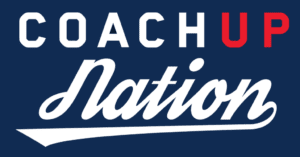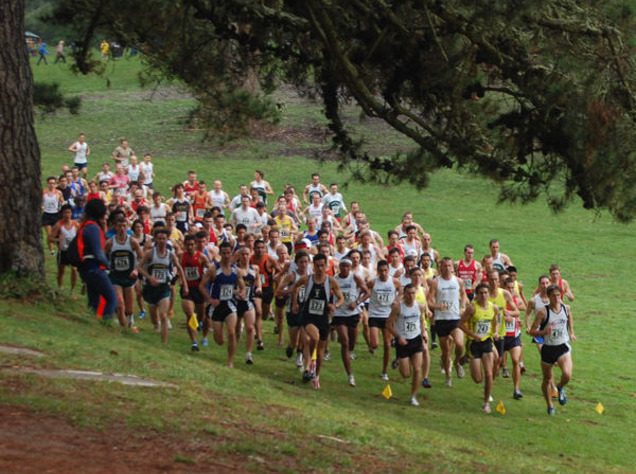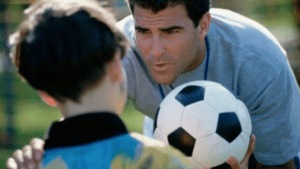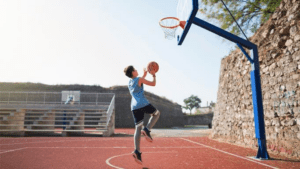Most of us are familiar with Aerobic/Cardiovascular model of understanding performance in endurance sports. This is probably the method you learned in biology, or exercise science, or many other training manuals. Most coaches reference this model, which focuses on the body’s ability to process and deliver oxygen to working muscles. This model usually focuses on improving aerobic endurance, VO2 max, and lactic threshold to improve athletic performance.
Observations
While most of the conclusions drawn by the Aerobic/Cardiovascular model are true, adherence to this model can lead to some big gaps in how to approach training. Tim Noakes, author of The Lore of Running, has recently uncovered some flaws worth noting, and could have vast implications on endurance athletic performance. They are the following:
1. The aerobic/cardiovascular model relies on the assumption that the heart would be the first organ in the body to run out of oxygen and have to perform anaerobically (without oxygen). This has been found to be false as the heart is its own blood source and cannot tolerate any anaerobic function.
2. The aerobic/cardiovascular model does not account for difference in muscle contractility, which affects efficiency, which in turn makes it possible for one athlete to be more efficient in their use of oxygen than another, while the aerobic/cardiovascular model is more focused on increasing VO2 max.
3. The aerobic/cardiovascular model ignores the possibility that a central governor in the brain controls pacing and can be affected by sleep, nutrition, supplement use, and environmental conditions.
4. The aerobic/cardiovascular model is incorrect in saying that muscles can perform anaerobically during maximal efforts. So, to sum things up, the aerobic/cardiovascular model of training is generally true in that the primary purpose of training is to improve the body’s ability to uptake oxygen and use oxygen in an efficient way. However, it is not as robust as the Central Governor Model, which recognizes the critical role of the brain on athletic performance. For instance, in hot conditions, the body is not able to perform up to the same capacity as in cool conditions, because the brain tells the body to slow down before damage can be done. Obviously, the muscles do not tell themselves to stop working, for they have no capacity to do so. If there were no control mechanism for them, they would keep working and working until the muscles had literally worked them into a state beyond repair.
Huddle Up
Your training approach should be created based on the belief that if conditions in the brain are optimized, one will be able to train at a generally higher intensity, which will in turn allow the body to make greater fitness gains. Therefore, training in an intelligent way as well as nurturing the body during recovery is key in yielding the best results possible.
Be prepared for the biggest moments by mastering the small ones off the field.
How useful was this post?
Click on a star to rate it!
Average rating 0 / 5. Vote count: 0
No votes so far! Be the first to rate this post.



